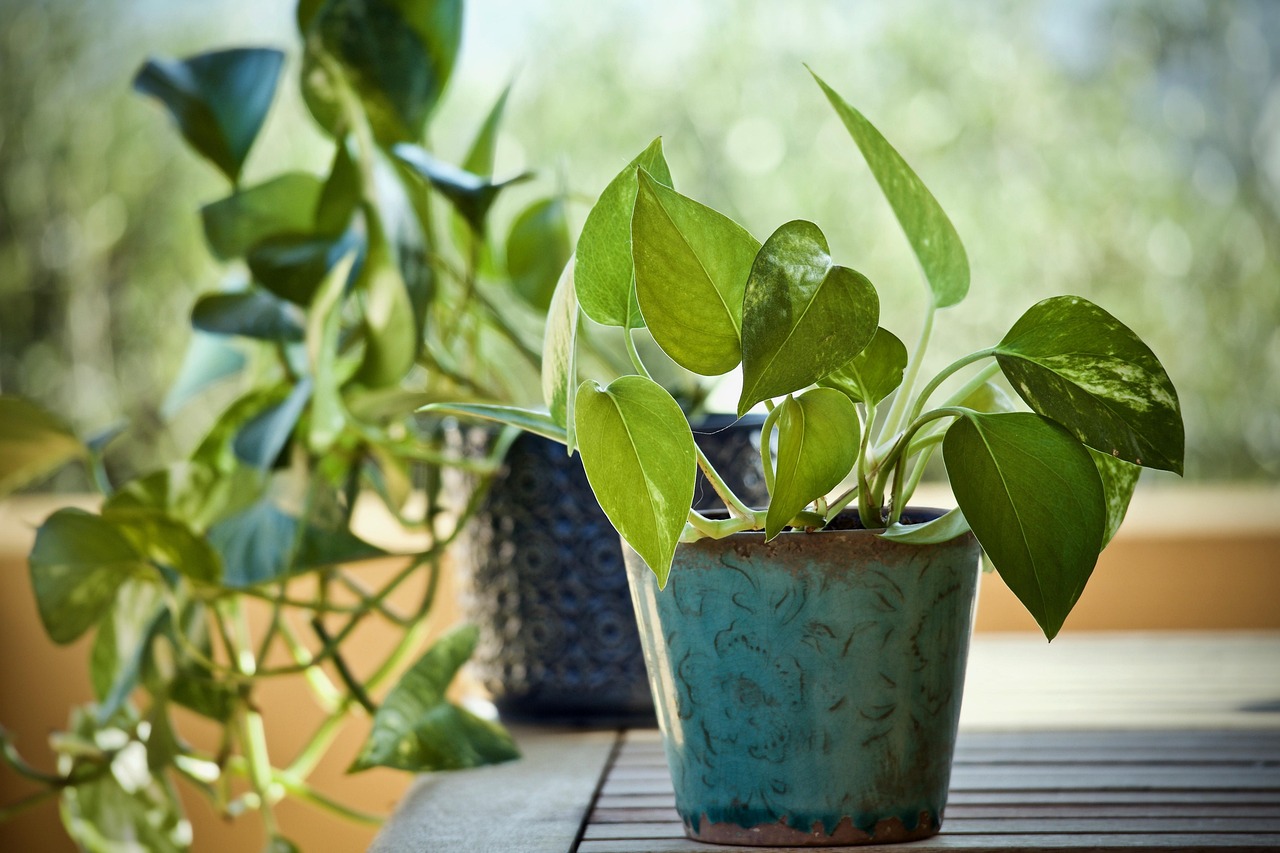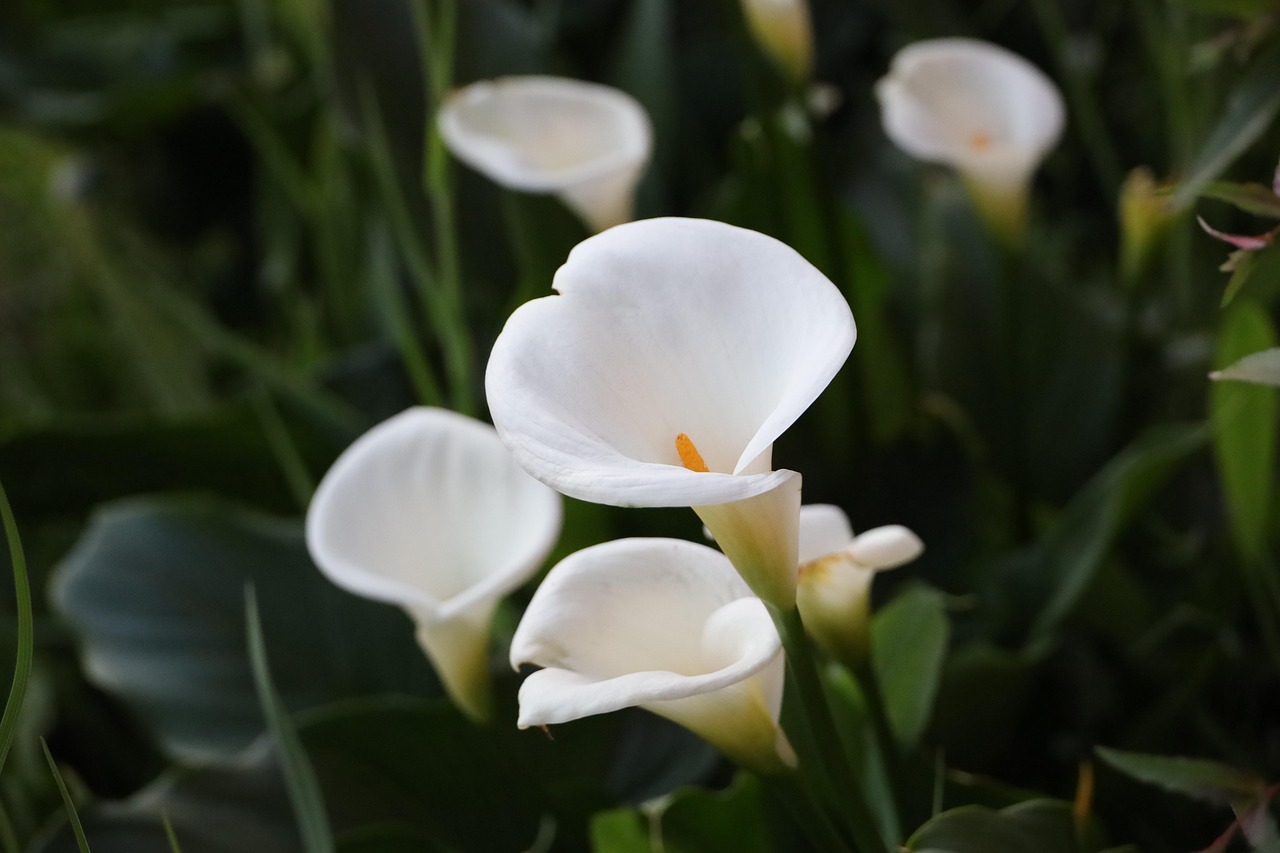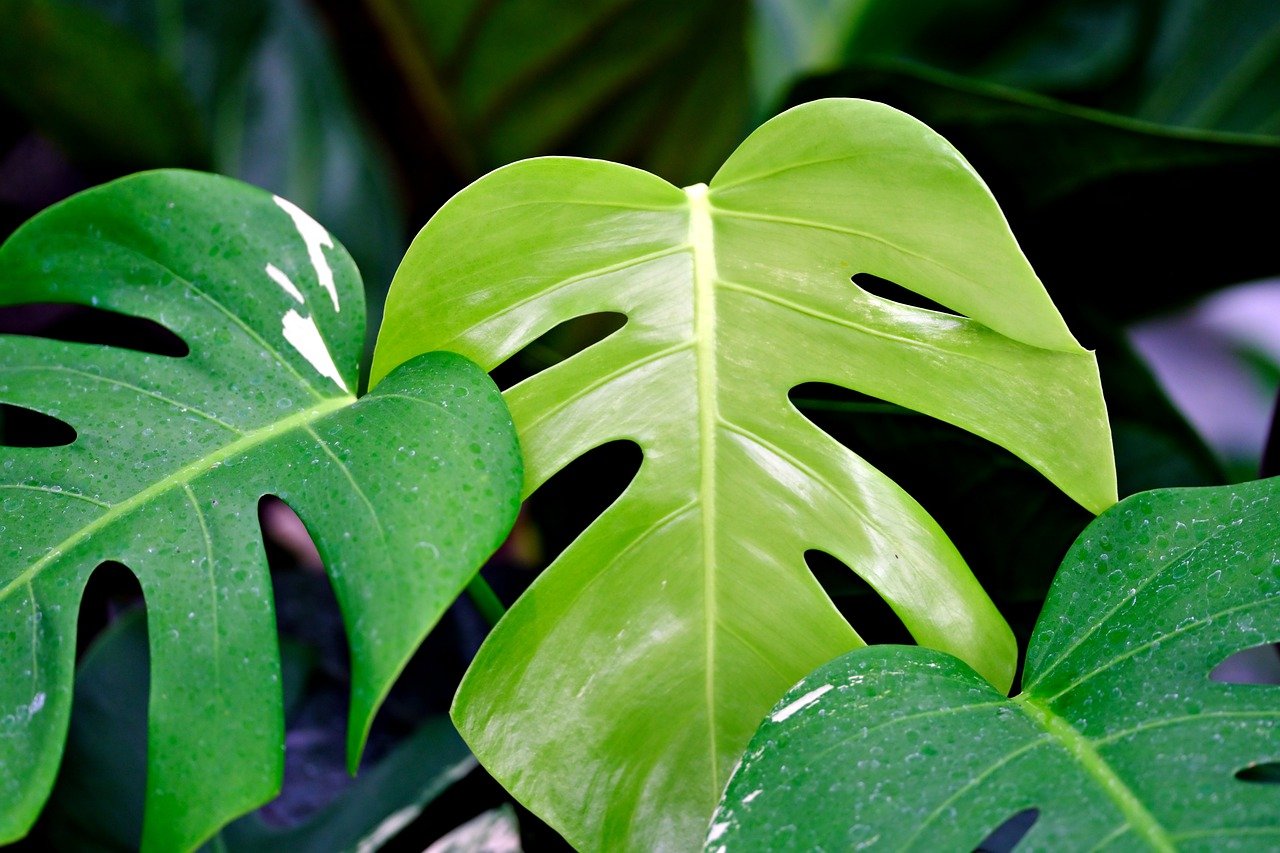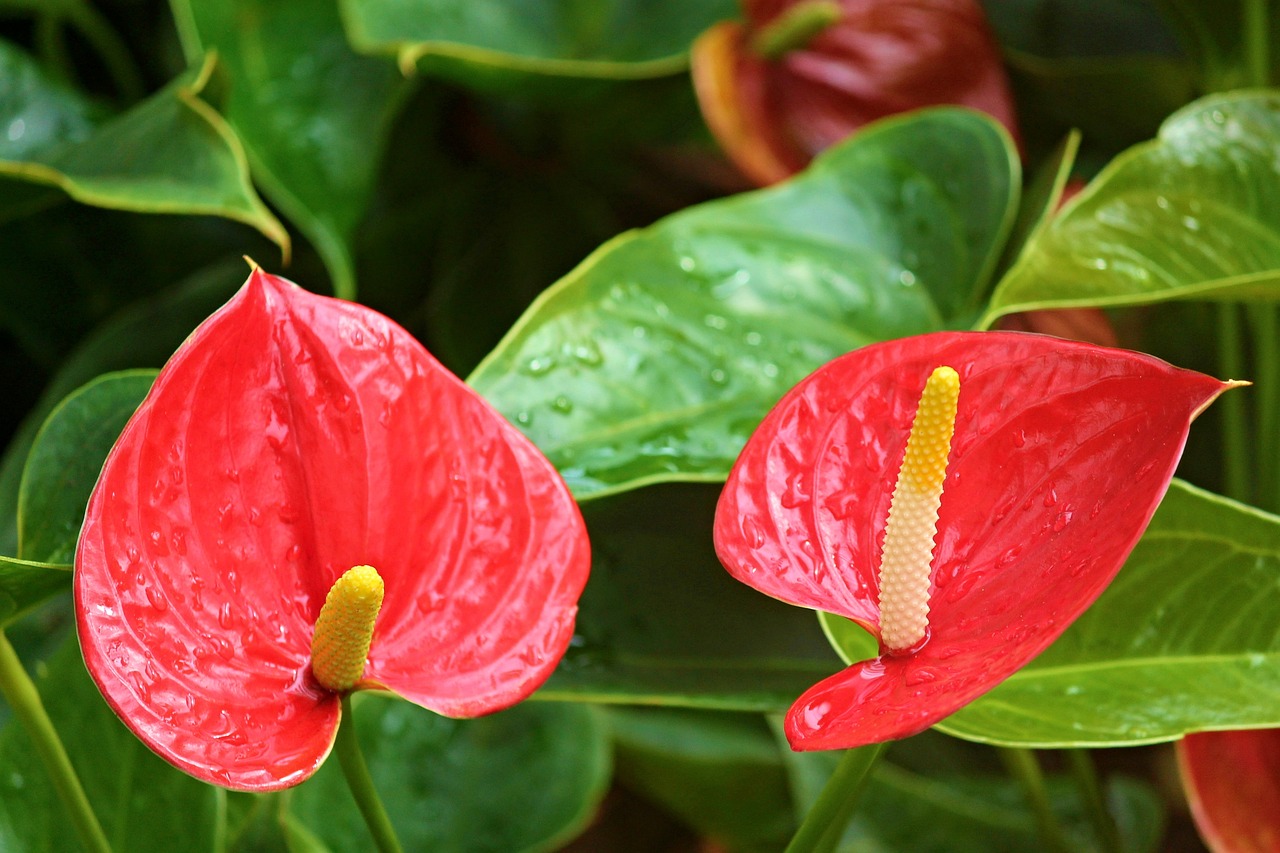Alocasia: Features and Care
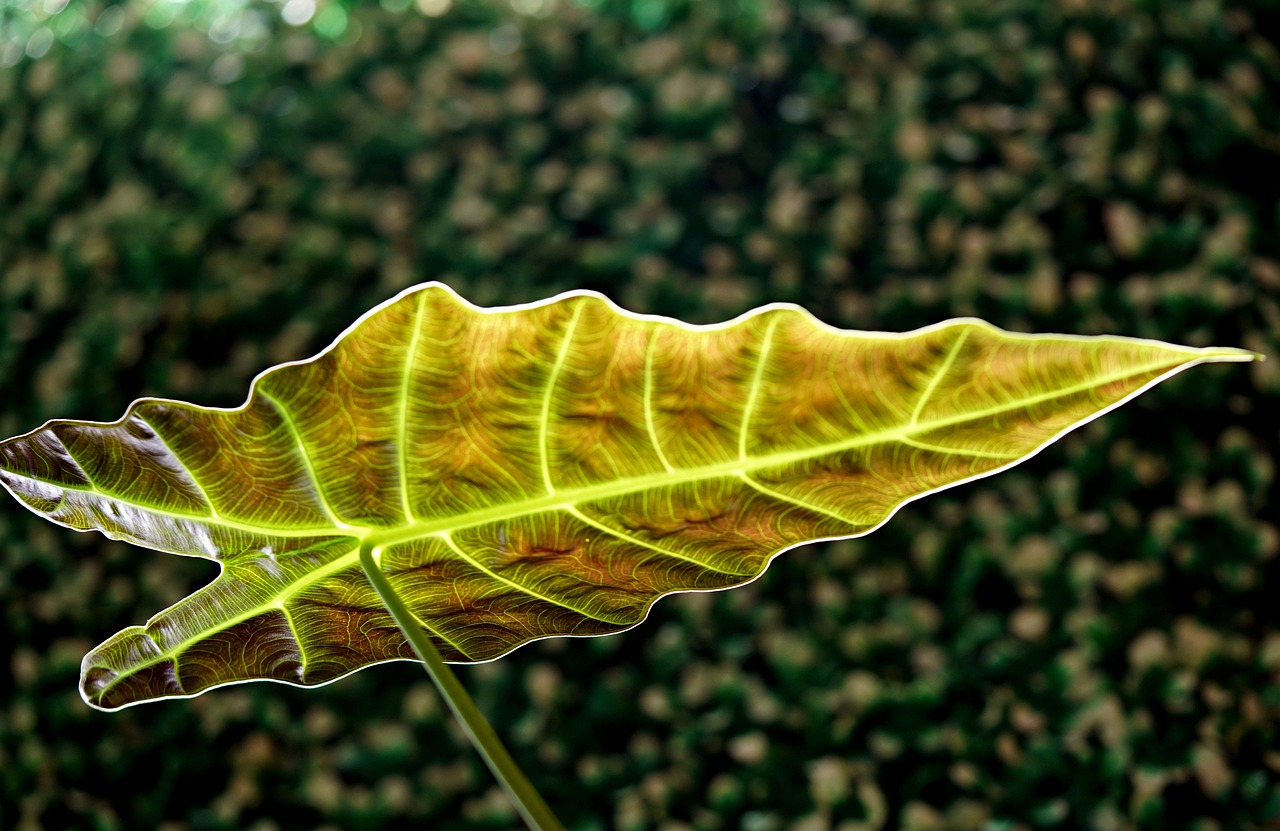
Alocasia is a striking houseplant known for its large, dramatic leaves. Its unique leaf patterns and exotic appearance make it a popular choice for indoor and outdoor settings.
This article explores Alocasia’s essential characteristics, cultural significance, historical background, and care tips.
Basic Information
- Scientific Name: Alocasia spp.
- Family: Araceae
- Origin: Southeast Asia, South Pacific Islands
- Appearance: Alocasia features arrow-shaped or heart-shaped leaves with bold veins in white or silver against deep green foliage. Certain varieties have glossy or wavy textures. Depending on the species, Alocasia can range from a few inches to over 2 meters tall.
- Blooming Season: Although grown mainly for its foliage, Alocasia occasionally produces small, pale green flowers.
Cultural Significance Worldwide
In its native Southeast Asia, Alocasia has been used for centuries to decorate gardens and temples. The large leaves, sometimes called “elephant ears” or “masks,” are seen as symbols of protection and nature’s abundance.
In the West, particularly during the Victorian era, Alocasia became a trendy addition to tropical-style gardens. Its exotic appearance graced greenhouses and private collections, becoming a favorite among plant enthusiasts.
Historical Background

Alocasia has a storied past rooted in ancient Southeast Asian myths and traditions. In some cultures, its large leaves symbolized rain protection and nature’s generosity.
Introduced to Europe in the 19th century, Alocasia quickly gained popularity in botanical gardens. Breeders cultivated various hybrids, turning it into a beloved houseplant worldwide.
Gardening Advice
Caring for Alocasia involves recreating its tropical environment. Key tips include:
Light
Prefers bright, indirect light; avoid direct sunlight to prevent leaf scorch.
Watering
Water generously when the topsoil dries out but ensure good drainage to avoid root rot.
Soil
Use well-draining, organic-rich soil. Adding perlite or bark chips improves aeration.
Humidity
Thrives in high humidity; mist leaves or use a humidifier, especially in winter.
Fertilizer
Apply diluted liquid fertilizer every two weeks during spring and summer. Reduce feeding in fall and winter.
Pruning
Remove dead or damaged leaves to maintain its appearance.
Winter Care
Keep temperatures above 15°C (59°F) and protect from cold drafts.
Conclusion
Alocasia is a visually striking plant with an exotic charm that enhances indoor spaces. Rooted in Southeast Asian traditions and popularized in Europe, it combines cultural richness with decorative appeal.
By providing the right environment—bright light, high humidity, and proper care—it can thrive and bring a touch of the tropics to your home.

